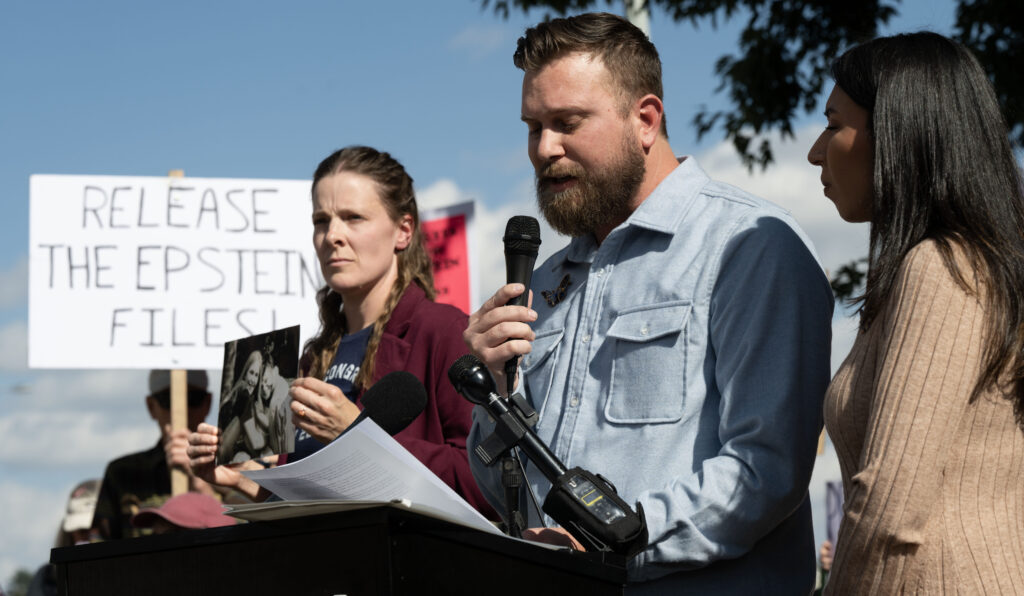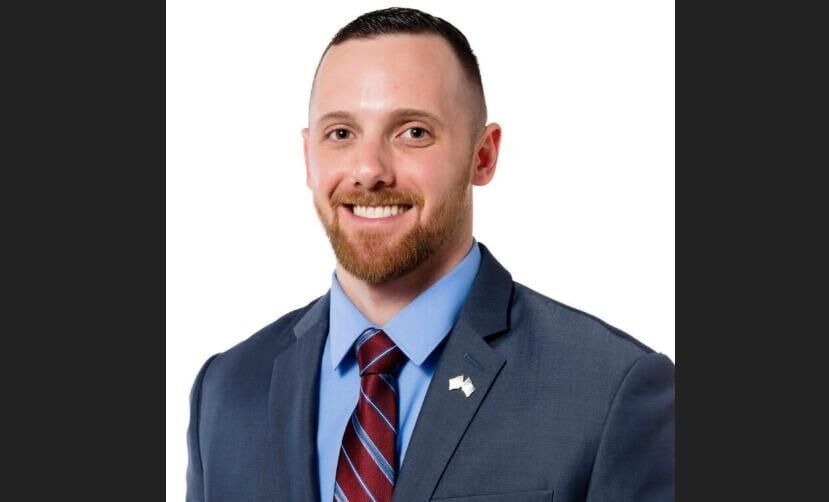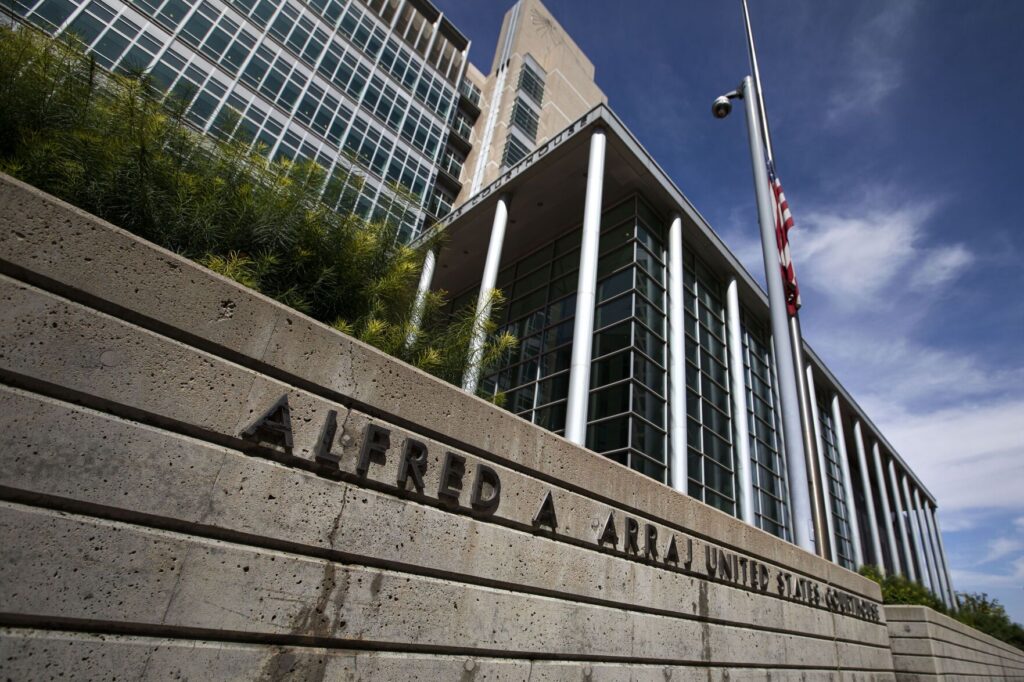Gov. Jared Polis seeks $630M less in 2025-26 budget, privatization of Pinnacol Assurance
Gov. Jared Polis wants to pare down the state budget by hundreds of millions of dollars, warning policymakers of “belt tightening” ahead.
In a request he submitted to a panel of lawmakers, the governor is proposing roughly $630 million less in general fund than the current spending plan.
The governor told reporters Friday this is a year for “tightening the belts.” His proposal includes $638 million in “balancing proposals,” such as extending the implementation of the new school finance formula, eliminating certain boards and commissions, and most notably, allowing Pinnacol Assurance — the state’s workers compensation insurer of last resort — to go private.
“This year’s budget requires tough choices as lower inflation restricts the amount of revenue the state can keep under TABOR. Additionally, larger non-discretionary costs, such as Medicaid and education, are using more of the available General Fund,” the governor’s presentation said.
Polis pointed out there is only $391 million available for additional or new spending using the general fund due to lower inflation and annualizations. Caseload, capital and common policy costs — such as state employee pay raises and increased costs for health insurance — will result in the state being $500 million below the general fund reserve even before addressing discretionary spending, the presentation added.
The spin-off of Pinnacol is expected to provide $100 million per year for five years, money the governor said will go toward the Public Employees Retirement Association. But the proposal is likely controversial — previous efforts to allow Pinnacol to go private have generated pushback from Democrats, businesses, and employees covered by PERA, depending on how the spin-off is structured.
Another $118.4 million to help balance the budget would come from moving interest revenue on certain cash funds into the general fund, and from capping cash fund interest in the future.
The governor’s proposal, which he outlined to the Joint Budget Committee, also calls for transferring $500 million from the general fund into an account for higher education, using the interest to pay for controlled maintenance costs.
The budget proposal scales back capital construction funding for 2025-26, intending to only fully fund controlled maintenance, largely at higher education institutions, at $85.6 million.
Polis said his budget proposal will maintain the state’s commitment to public schools and public safety.
The new school finance formula, which is due to go into effect in 2025, will take a little longer to implement under the governor’s proposal. The formula was designed to increase spending by 18% per year for six years, but, in the 2025-26 budget, it will increase by 10%, then hiking to 20% the following year.
The governor is also proposing cuts in certain Medicaid rates that increased in the 2024-25 budget. Polis pointed out that some of those provider rates increased by more than was recommended by both the governor and JBC staff, so those could be rolled back, he said.
There won’t be across-the-board cuts in provider rates, he said.
That’s likely to generate frowns from the Joint Budget Committee, which has advocated for rate increases several times in the last few years, pointing out that providers are struggling to provide those services because of low rates.
The proposal notes that the JBC put into the 2024-25 budget a 2% across-the-board increase for certain provider rates, such as pediatric behavioral therapy and dental services.
“We cannot sustain all these investments,” the proposal said, adding the governor is seeking a “modest rollback” in those rate increases.
The budget also suggests a 1% cut in state department personal services and operating budget lines, which is estimated to save about $5.5 million in total funds. That cut, however, will come with flexibility for state agencies through combining the personal service and operating budgets.
Some of the cuts proposed would eliminate $230.3 million from the budget. They include the following:
-
$81.5 million in restructuring severance tax revenue, which would provide about $70 million to the general fund
-
$50.8 million for sweeping cash fund interest
-
$29.5 million in eliminating state funding for electrifying school buses, funds that were replaced by federal government grants
The governor intends to add spending in public safety, pointing to $13 million allocated over the last two years to target auto theft, especially theft of catalytic converters. Polis said motor vehicle theft is down 33% statewide as a result.
Additional spending in public safety total $22.1 million, with $15 million going toward the state’s communication dispatching system.
Polis also believes there will be savings from adjusting how pupil counts are done in K-12 public education.
Currently, the state conducts a one-day count in October but allocates funding based on a school’s four-year average enrollment. Only nine other states do their pupil counts using multiple years, his budget proposal notes. For schools facing shrinking enrollment, the use of a four-year average leads to funding for students who are no longer enrolled in the school, district, or even the state, the budget request says.
Polis is proposing funding based on a single year’s count.
The budget also proposes additional funding for early childhood education, a program that ran into problems in its first year when some parents found they could not get their children into their first-choice programs, or that it only paid for a half-day instead of a full-day.
The program, which was intended to provide up to 30 hours of free preschool to every child in the year before they enter kindergarten, could not satisfy the demand in its first year, leaving many families with about half of the hours they were promised, and the state short $30 million to pay for it.
Polis’ budget request would add $7.8 million to help pay for the program, which is primarily subsidized by tobacco taxes.
Meanwhile, state employees, in year one of a three-year contract with the state, will see additional compensation of $177.7 million, or about a 2.5% across-the-board increase in compensation and benefits.
The budget also asks for $12.1 million in general fund dollars to support salaries at state colleges and universities, and to keep in-state tuition increases below the rate of inflation.
The biggest overall increase in the budget is for Medicaid enrollment. The governor wants to earmark $1.5 billion in total funds — general and federal funds, usually — to cover higher forecasts for Medicaid caseload.
Among state agencies, the Department of Health Care Policy and Financing, which handles Medicaid, will see the biggest increase in total funds, at $1.44 billion, or about a 9% increase.
The difference between the proposed total increase for the department and what Polis wants to allocate for Medicaid caseload is the result of the cuts to provider rates. That is, even when caseload spending goes up, there will be enough provider cuts to lower the overall increase in the agency’s budget.
Spending for the Department of Education will get slashed by $247 million or about 3.17% decrease, the largest cut of any state agency.
House Minority Leader Rose Pugliese, R-Colorado Springs, said in a statement Friday that she appreciates the governor’s commitment to avoiding another debt to K-12, which the state paid off in the 2024-25 budget.
“(But) there is still much more work to be done to address Colorado’s education needs fully. Unfortunately, the school finance reforms we have pushed for will not take effect soon enough. Colorado families can’t wait seven years for an updated formula to roll out—our students deserve real support now,” she said.
She also said she is disappointed in the proposal to sweep severance taxes from local governments, calling it another blow to oil and gas communities that already bear the brunt of losing resources year after year.
“We have consistently said that these funds are critical to the communities that generate them. We should be supporting our oil and gas regions, not draining their resources,” she said.











